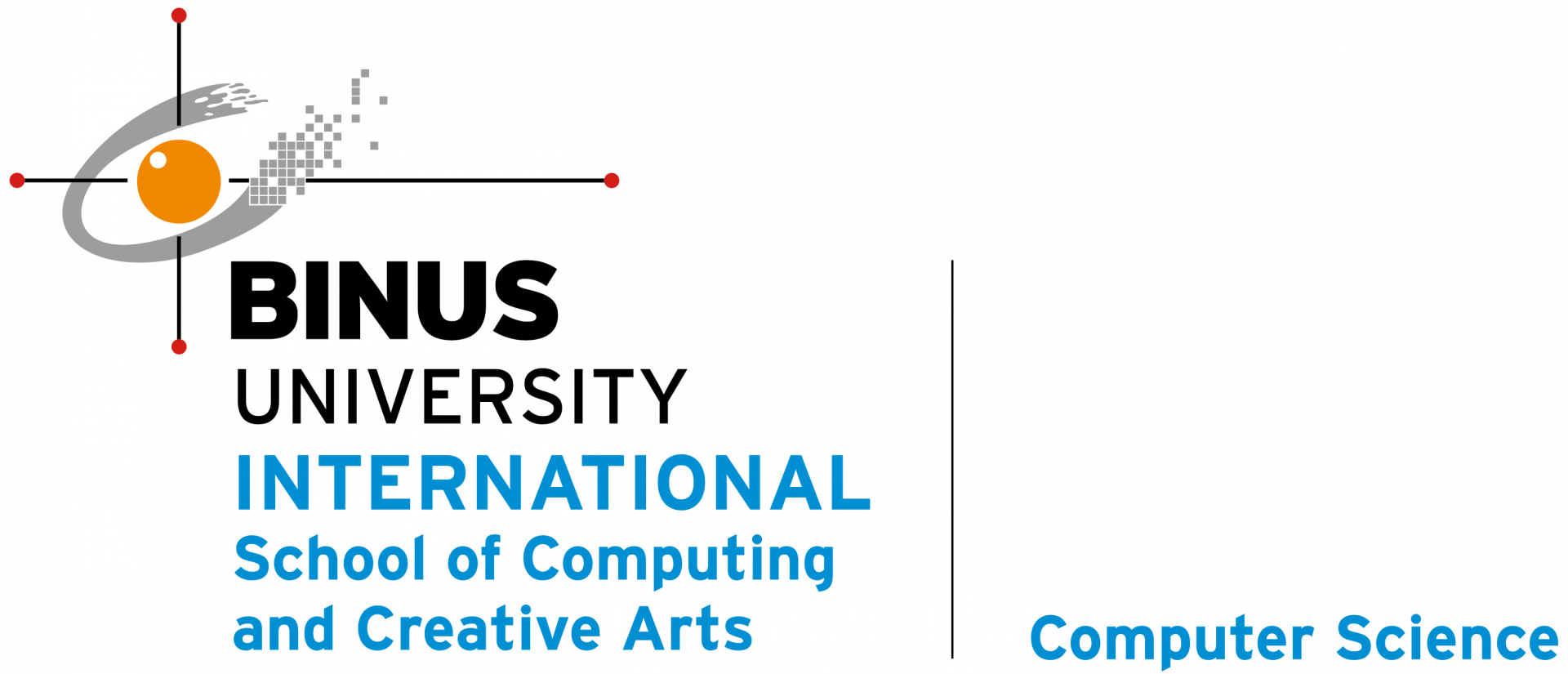The 4 Major Phases of the Product Lifecycle
By: S. Pradono Suryodiningrat
Take a look at all the stuff around you, your cell phone, left over pizza delivery on the table, the TV that mounted nicely on the wall, at one time none of these products even existed. They were introduced to fill a perceived gap in the marketplace. Some things like your smartphone are constantly being reinvented to meet consumer ever-changing needs.
Once a company has started or once they have developed a new product, there are four stages that that product goes through. The four are: (1) introduction, (2) growth, (3) maturity, and then (4) decline. Products and companies progress through these stages of development and the way that you know which stage they’re in is how much revenue they’re making over time.
The introduction phase, first of all. This is when a company first introduces a product to the market. Usually the product will have little to no competition in the market. At this phase, the business typically loses money on the item to no competition in the market, and the only people that are buying it like immediately are the early adopter types.
The second phase is the growth phase, and at this point, the product has been accepted by the marketplace and sales start to rise, usually, again, starting from the tail end of those early adopter users. The company may choose to create improvements to the item to stay competitive, and at this point they’re usually still few challengers out there in the marketplace trying to compete with them.
Then we have the third phase, maturity. In the maturity stage, sales will reach their pinnacle. The other competitors enter the market with alternative solutions at this point because it’s so attractive and they start making a lot of competition in the marketplace, it gets pretty crazy. The company that introduced this new product may start to find it pretty difficult to compete with everyone else in the industry.
Lastly, we have the decline phase, and at this phase of the product lifecycle, as merchandise, and products, and the company just reach its saturation point, the sales begin to diminish. Most products are phased out from the marketplace right about this time because of the drop-in sales and all of the competitive pressure. The marketplace sees this item and says, “Okay, this is no longer new and great, it’s a little bit old, not very relevant anymore.”
It’s important to know that, depending on the product or the industry, this stuff might shift a little bit. It’s also really important to mention that there is no definitive guide to telling where a company or product is within these phases. It’s really just a way of thinking, a framework so that we can understand how companies and products begin and end. It’s really just a way of thinking, a framework so that we can understand how companies and products begin and end.
Can you think of some real-life companies in each one of these phases?

